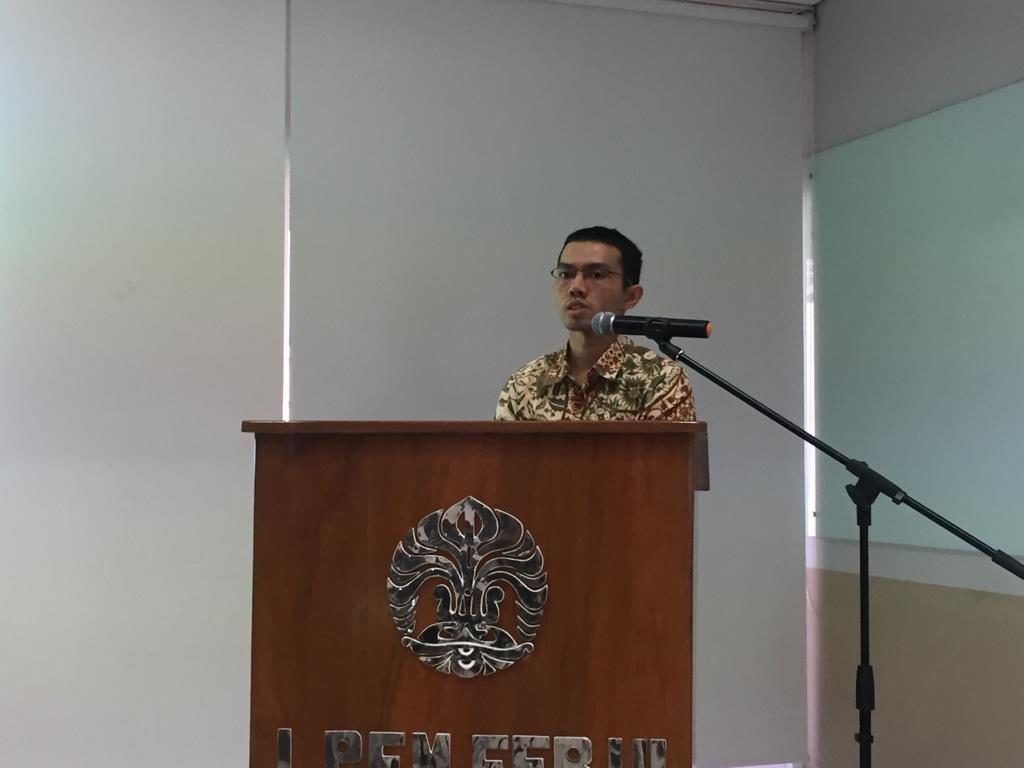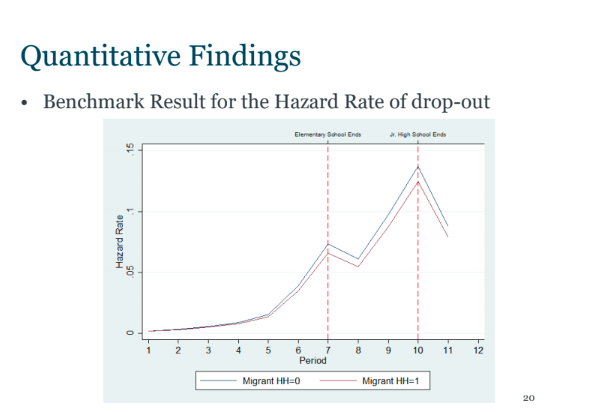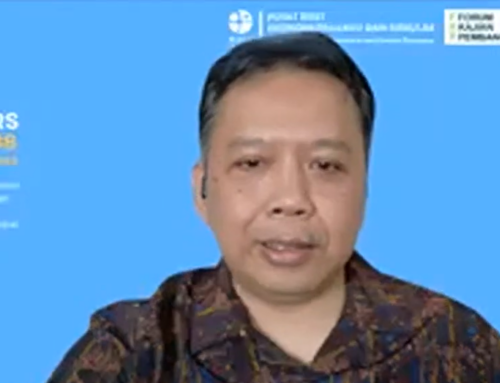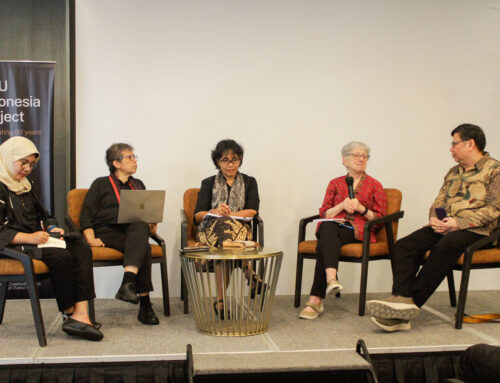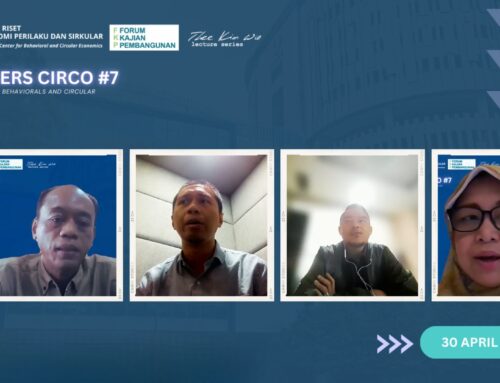The migration of a household member and its impacts on left-behind children has been a common topic in many previous studies. However, most of them did not utilize longitudinal datasets in their analysis. As a response to this issue, Muhammad Hanri (LPEM FEB UI) used panel data to conduct a study entitled Internal Migration-Induced Drop-out dan Child Employment in Indonesia. This study was presented in an FKP seminar on Thursday, 23 May 2019.
Hanri sought to investigate whether children from migrant households leave education and start working faster than children from non-migrant households. Previous studies suggest that there are two main channels through which migration affects left-behind children: remittance and labor demand. In terms of remittance, the impact is two-fold; it may encourage early drop-out if the value is not sufficient, but may hinder drop-out if deemed sufficient. In terms of labor demand, high market wage may also lure parents to send their children to participate in the labor market early. To answer these questions, Hanri implemented a conditional mixed process, survival analysis, and competing risk method using four waves of Indonesia Family Life Survey (IFLS), which is a large-scale longitudinal survey in Indonesia.
Based on his quantitative analyses, Hanri found several interesting implications. First, migration is linked to a higher adult wage. Consequently, additional income from remittance increases the financial capability to retain education, and therefore reduces the hazard rate of early drop-out for children in migrant households. Secondly, he found that the hazard rate of dropping out of school peaks at the end of every education level (e.g. grade 6, grade 9) for children in both migrant and non-migrant households. Finally, Hanri also found an anomaly, in that children from migrant households are more more prone to being sent to work early than their non-migrant counterparts. However, it turns out that these children are mostly engaged in unpaid labor activities in their family businesses, as opposed to paid labor work outside of their household.
For the complete presentation and Q&A session, please refer to the video and materials provided.
